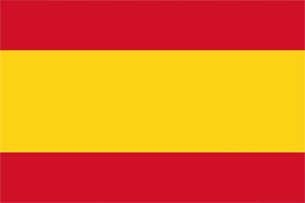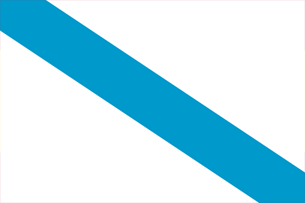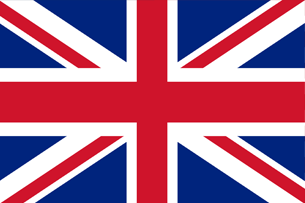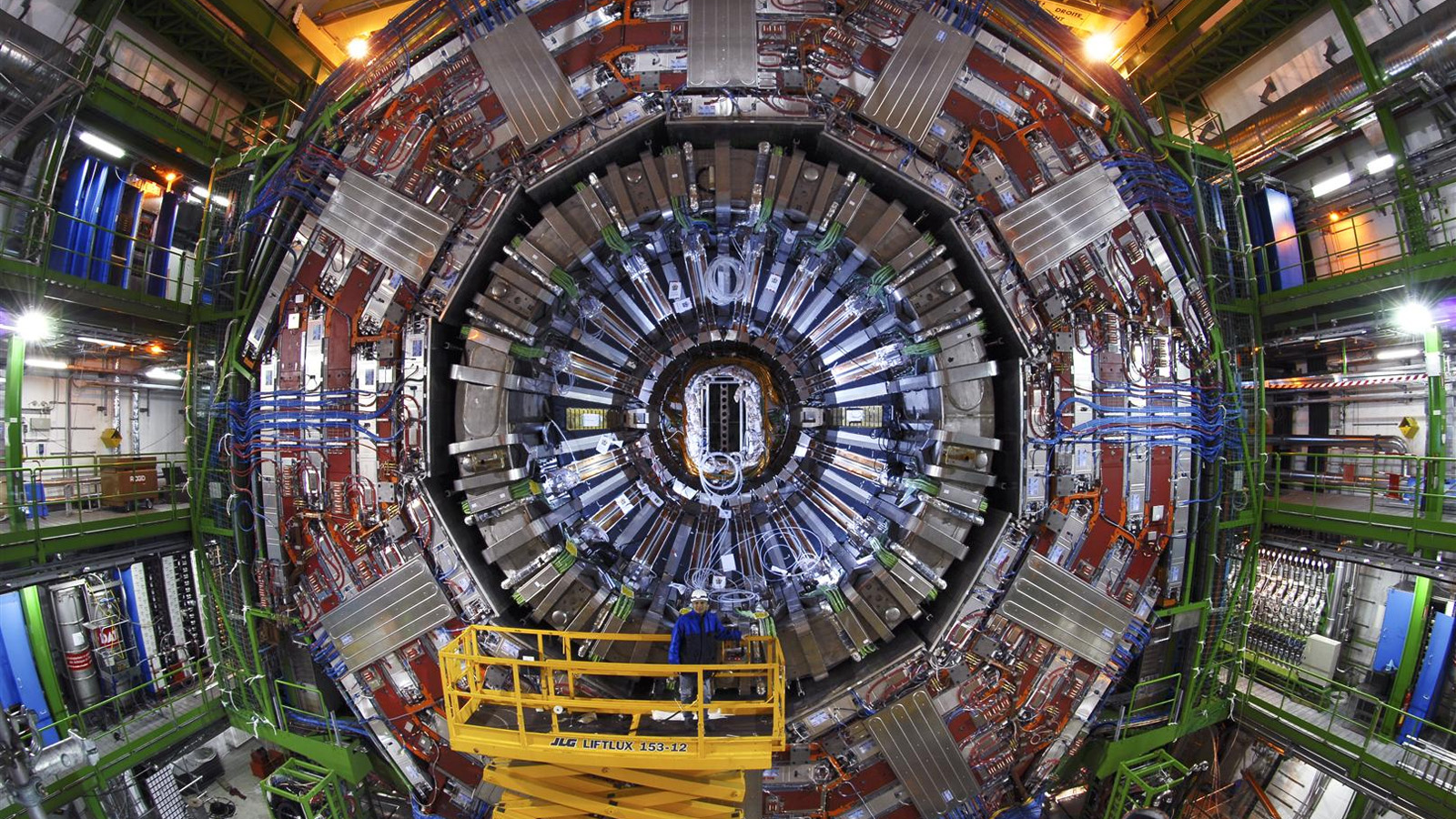Taking a closer look at LHC
The origins of CERN are generally traced back to 1949, when the French theorist and Nobel laureate Louis de Broglie proposed setting up a new European laboratory to halt the exodus of physics talent from Europe to North America. A year later, at a UNESCO conference in Florence, the American Nobel-prize winner Isidor Rabi put forward a resolution calling on UNESCO "to assist and encourage the formation and organization of regional centres and laboratories in order to increase and make more fruitful the international collaboration of scientists".
The resolution was unanimously adopted and, after two more UNESCO conferences, 11 European governments agreed to set up a provisional Conseil Européene pour la Recherche Nucléaire (CERN). The new council met in Amsterdam and a site near Geneva in Switzerland was selected. By 1953 the physicists who would build CERN's first accelerators had already started collaborating with their opposite numbers at the Brookhaven lab in the US, although the new laboratory did not formally come into existence until the CERN convention was ratified by the first 12 member states on 29 September 1954. The new lab was called the Organisation Européene pour la Recherche Nucléaire but it has been known as CERN ever since.
CERN also brings European countries together in more obvious ways. Part of the laboratory is in Switzerland and part is in France. The main site at Meyrin straddles the border, but you can only enter and leave through the gates placed in Switzerland. There is also a second site at Prevessin in France.
Most of the 27 km long Large Hadron Collider are in France: the control room is at Prevessin and all the detectors, apart from ATLAS, are also on (or under) French soil.
|
The 12 member states that signed the CERN convention in 1954 were Belgium, Denmark, France, Germany, Greece, Italy, the Netherlands, Norway, Sweden, Switzerland, the UK and Yugoslavia. Since then Yugoslavia has left and Austria, Spain, Portugal, Finland, Poland, Hungary, Slovakia, the Czech Republic, Bulgaria, Israel, Romania, Serbia and Estonia have all joined, and Slovenia became in 2025 the 25th member. Associate Member in the pre-stage to Membership: Cyprus. Associate Members: Brazil, Croatia, India, Ireland, Latvia, Lithuania, Pakistan, Turkey, Ukraine. India, Japan,and the US all have Observer status, as do the European Union and UNESCO. The Observer status of the Russian Federation and JINR are suspended until further notice, due to the military invasion of Ukraine (more here...). Non-Member States (with dates of Co-operation Agreements) currently involved in CERN programmes are: Albania, Algeria, Argentina, Armenia, Australia, Azerbaijan, Bangladesh, Belarus, Bolivia, Brazil, Canada, China, Colombia, Croatia, Ecuador, Egypt, Estonia, Georgia, Iceland, Iran, Jordan, Lithuania, Macedonia, Malta, Mexico, Mongolia, Montenegro, Morocco, New Zealand, Peru, Saudi Arabia, South Africa, South Korea, United Arab Emirates, Vietnam CERN receives contributions from states with a total population of about 650 million people. Averaged across those states, the contribution per person is about 2 €/year. Some 12,000 visiting scientists from over 70 countries and with 105 different nationalities – half of the world’s particle physicists – come to CERN for their research. |
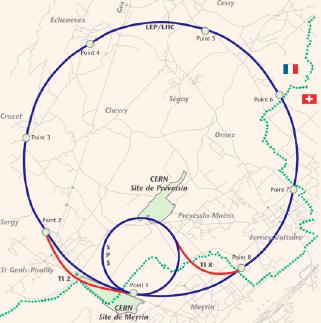 |
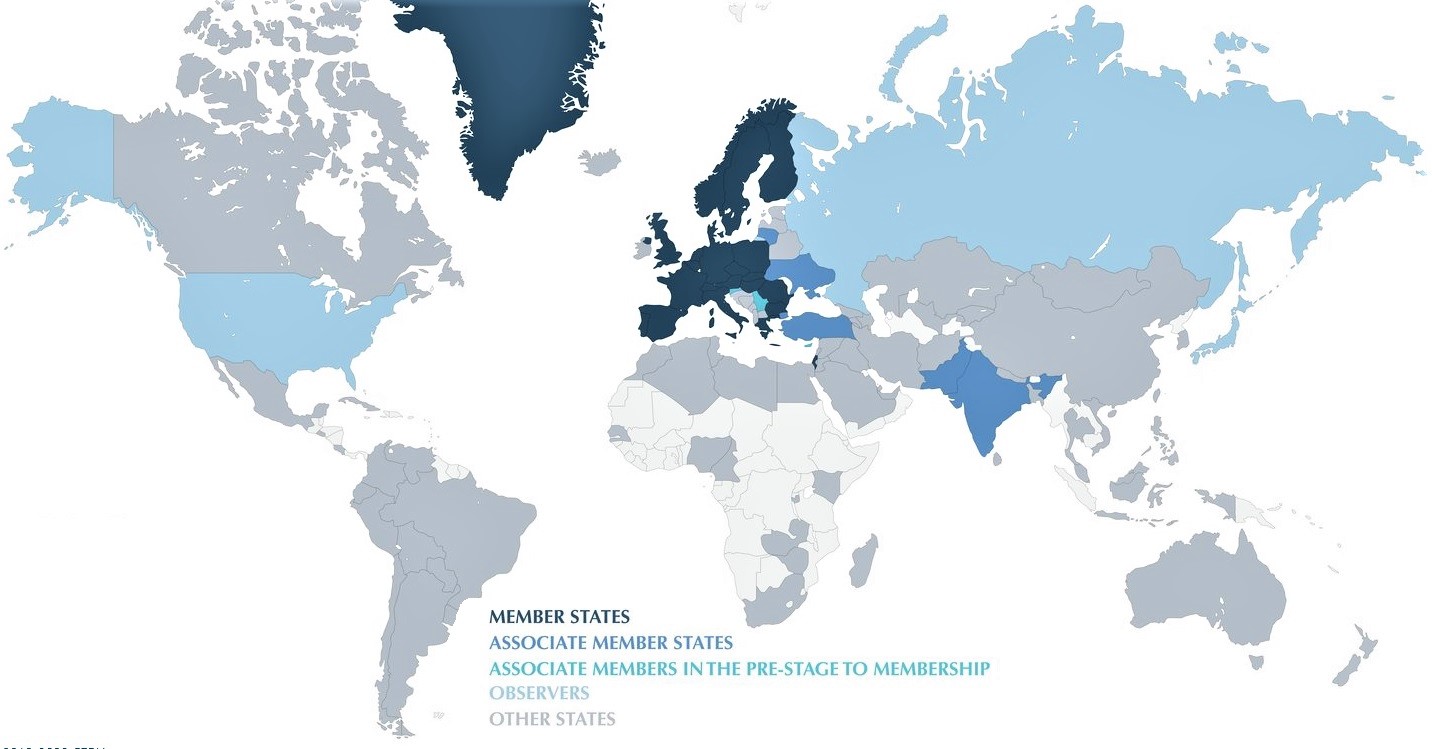
(Taken from CERN Website)
At its 173rd Session, 14 Novembre 2014, CERN Council selected the Italian physicist, Dr Fabiola Gianotti, as the Organization’s Director-General. Dr Gianotti’s mandate went from 1 January 2016 and run for a period of five years. At its 195th Session the CERN Council selected Fabiola Gianotti for her second term of office. Gianotti’s new five-year term of office goes from 1 January 2021 to Decembrer 2025. This is the first time in CERN’s history that a Director-General has been appointed for a full second term.
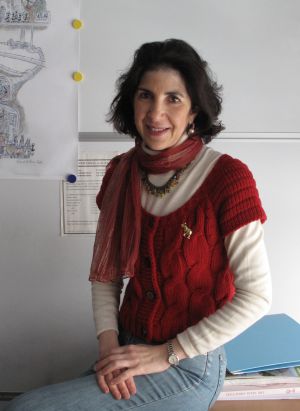 She was listed among the "100 Most Inspirational Women" by The Guardian newspaper (UK, 2011), was ranked 5th in Time magazine's Personality of the Year (US, 2012) and was listed among the "100 Most Influential Women" by Forbes magazine (US, 2013 and 2017).
She was listed among the "100 Most Inspirational Women" by The Guardian newspaper (UK, 2011), was ranked 5th in Time magazine's Personality of the Year (US, 2012) and was listed among the "100 Most Influential Women" by Forbes magazine (US, 2013 and 2017).
Professor Mark Thomson selected as the new Director-General of CERN.
Nov, 2024. The CERN selected British physicist Mark Thomson as the Organization’s next Director-General. The appointment will be formalised at the December session of the Council and Professor Thomson’s five-year mandate will begin on 1 January 2026.

(Image CERN)
Professor Thomson is currently the Executive Chair of the Science and Technology Facilities Council (STFC) in the United Kingdom and a Professor of Experimental Particle Physics at the University of Cambridge. He has dedicated much of his career to CERN, where he initially contributed to precision measurements of the W and Z bosons in the 1990s, as part of the OPAL experiment at CERN’s Large Electron–Positron Collider. At CERN’s Large Hadron Collider (LHC), he has been a member of the ATLAS collaboration.
(*) For the bibliography used when writing this Section please go to the References Section
|
AUTHORS Xabier Cid Vidal, PhD in experimental Particle Physics for Santiago University (USC). Research Fellow in experimental Particle Physics at CERN from January 2013 to Decembre 2015. He was until 2022 linked to the Department of Particle Physics of the USC as a "Juan de La Cierva", "Ramon y Cajal" fellow (Spanish Postdoctoral Senior Grants), and Associate Professor. Since 2023 is Senior Lecturer in that Department.(ORCID). Ramon Cid Manzano, until his retirement in 2020 was secondary school Physics Teacher at IES de SAR (Santiago - Spain), and part-time Lecturer (Profesor Asociado) in Faculty of Education at the University of Santiago (Spain). He has a Degree in Physics and a Degree in Chemistry, and he is PhD for Santiago University (USC) (ORCID). |
CERN CERN Experimental Physics Department CERN and the Environment |
LHC |
IMPORTANT NOTICE
For the bibliography used when writing this Section please go to the References Section
© Xabier Cid Vidal & Ramon Cid - rcid@lhc-closer.es | SANTIAGO (SPAIN) |
